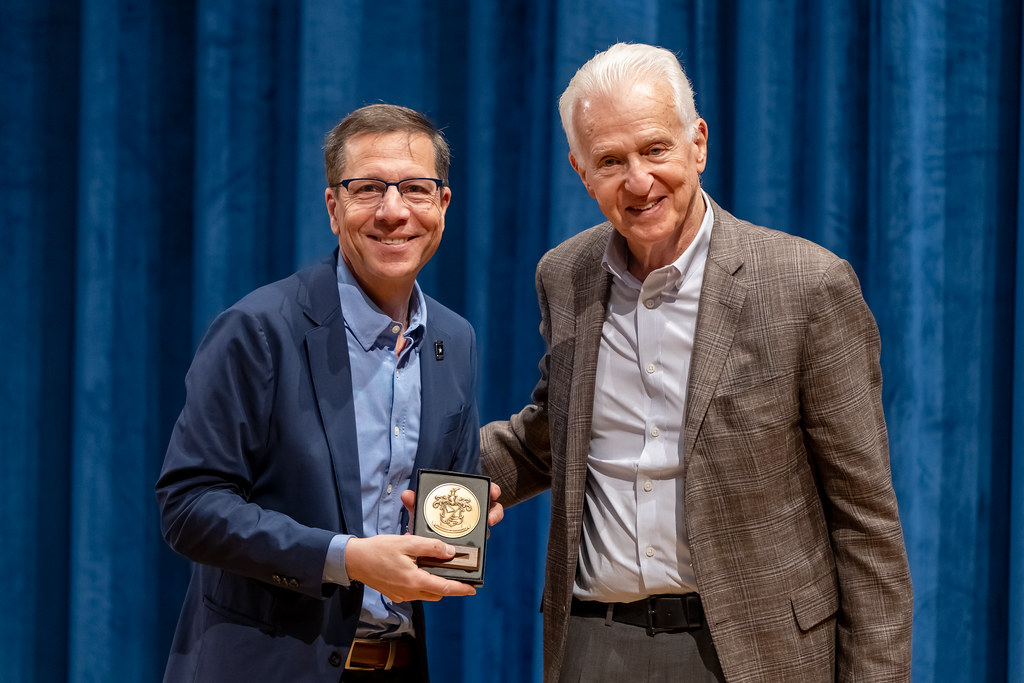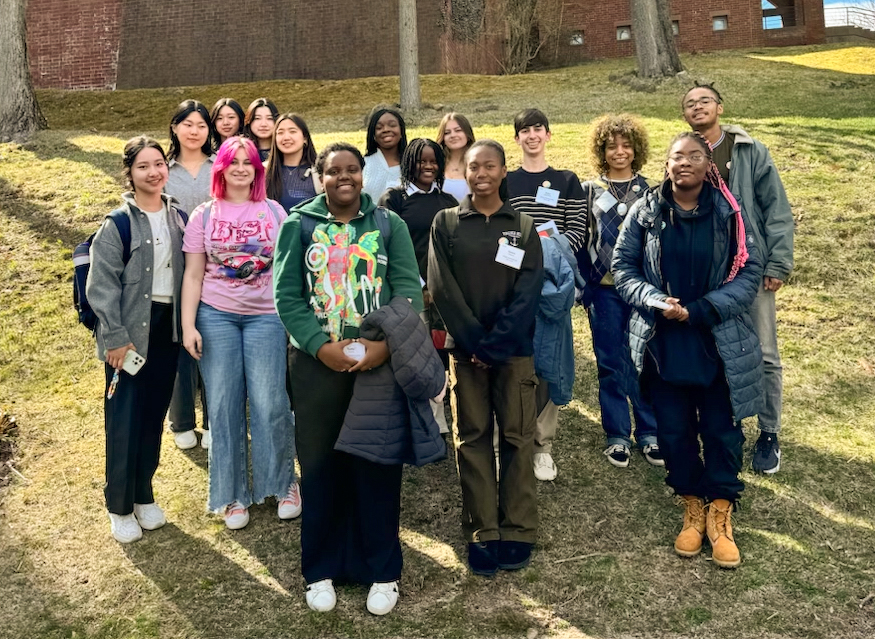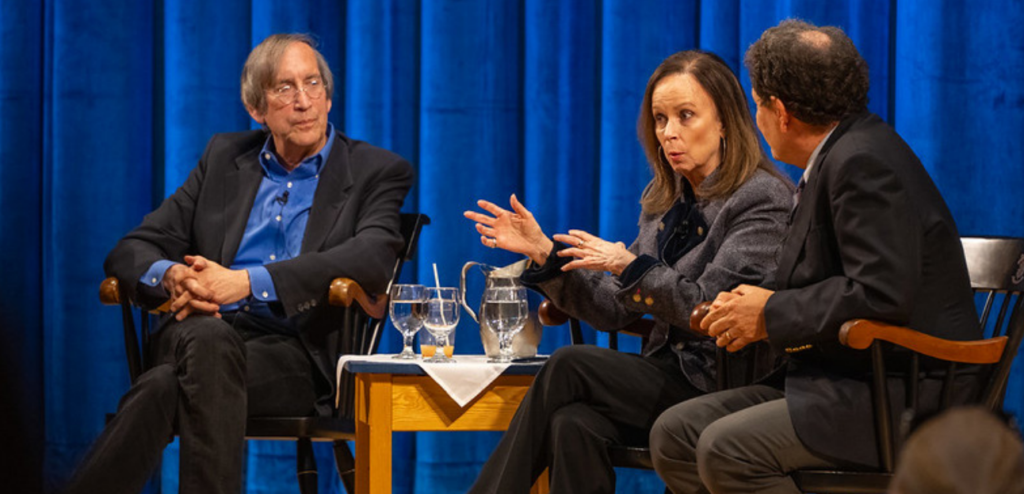Last Sunday, April 8, two teams of Choate students participated in the Rothberg Catalyzer Hackathon to build an invention that would help emergency disaster relief. A hackathon is a challenge-based competition that tasks participants with creating something unique and new using limited time and resources. This event, the first of its kind to take place at Choate, provided students with the special opportunity to plan, design, and build something entirely from scratch.

At last Sunday’s Rothberg Catalyzer Hackathon, students developed gadgets with real-world applications.
The Rothberg Catalyzer Hackathon, an idea that was first proposed to Choate during fall term, is sponsored by Jonathan Rothberg, father of Choate alumnus Noah Rothberg ’17. Through many conversations with Director of the i.d.Lab Dr. Travis Feldman, this idea quickly became a reality. Feldman described Mr. Rothberg as a person who “sees the value in having students design projects that address real world problems.” As the only high school competing in this event, Choate was up against challenging teams from four prestigious universities (Brown, UPenn, Carnegie Mellon, and Yale).
The initial brainstorming began on April 1, a week before the event, at a meeting where students gathered for an in-depth information session with the head coordinators, Dr. Travis Feldman, Alan Luo ’18, Jonah Berman ’18, and Kevin Xie ’19. Discussing problems and solutions of current disaster aid such as inefficient distribution and mismanagement of organizations, the students were able to come up with a list of ideas worth delving into. They took inspiration from life-saving drones, groundbreaking software programs, and refugee camps. By the end of the meeting, the two teams were able to come up with their own idea for the hackathon, and were encouraged to continue the conversation throughout the week leading up to the event. In regards to student control of the hackathon, Luo commented, “Dr. Feldman has been very supportive in allowing the student voices to play a large and important role in the structuring of the event.”
The event offered a variety of benefits for students from a simple opportunity for learning to a space for creativity. Tilden Jackson ’21, who heard about the event through the Choate Maker Club, stated that he was intrigued by the chance to “utilize programming and brainstorming to solve a real world problem and to work together with peers who have different skill sets.” Dr. Feldman also highlighted the availability of materials that are offered and described this competition as a “multidisciplinary event that involves a variety of subjects including current events, technology, communication, and creativity.” Xie, who has worked with Dr. Feldman since his freshman year, says that when asked to be part of the organizing committee, he was immediately interested. Not only is the hackathon a great way to spark new interests; for many, it also helped to develop their understanding of related topics. Chloe Choi ’19, who is also a member of the Choate Maker Club, reflects on this occasion as allowing her to “fuel [her] passion for making things.”
One team, consisting of Esther An ’21, Sabastian Chacon ’19, Mitch Jones ’18, and Aarthi Katakam ’21, focused on the psychological care of children during disasters, modifying the concept of a teddy bear that allows for the child to relax during the chaos and trauma that follows a disaster. They also added a medical component to the teddy bear to increase awareness of children’s health during emergencies. “We added a pulse sensor to the bear to measure heart rate,” Chacon said, giving an example of the many “hacks” that they thought of during brainstorming. The second team, Choi, Luo, and Jackson’s team, emphasized the need for protection during disasters, especially earthquakes. Luo explained, “Our idea is to essentially use airbags to provide a protective bubble from rubble for people in the situation of an earthquake. The idea came from reading a number of stories about people buried in earthquakes.”
Along with the benefits, there are many challenges the teams must face. On Sunday, the team only had a couple of hours to put together a detailed plan, a viable prototype, and a persuasive pitch for the judging panel. Outside of the materials list that needed to be compiled days before the competition, the teams only had access to supplies in the I.D. lab. Lastly, many of the team members had limited knowledge about the mechanics of many emergency components they hoped to incorporate.
When asked what he wanted Choate to gain from this experience, Luo stated, “I want people to learn how to identify a problem, brainstorm diverse solutions, then identify which of those solutions are feasible.” This year’s Rothberg Catalyzer Hackathon provided a new conversation topic and a place for students to inspire themselves and others without academic pressure. What’s more is that the team of An, Chacon, Jones, and Katakam was selected as the winning team from Choate, and may present their work at Brown University in June. Although this was the first hackathon that Choate has participated in, Dr. Feldman hopes that this event will introduce a new opportunity for the Choate community that will eventually become a tradition.




